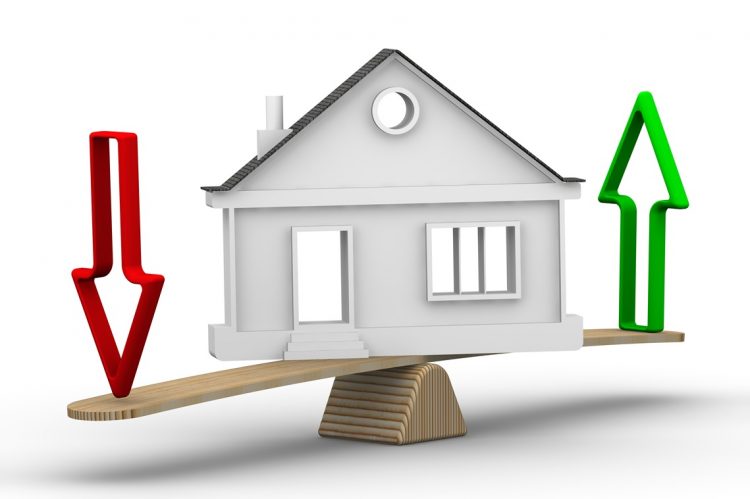Home prices nationwide (including distressed sales) have seen a year-over-year increase as of December 2024, according to a new report by CoreLogic. The report cites a 3.4% price rise from the December 2023 to December 2024 timeframe. Month-over-month, the CoreLogic HPI essentially saw no change, increasing by 0.03% from November to December 2024.
CoreLogic forecasts that home prices will experience the same month-over-month pattern from December 2024 to January 2025, in essence staying the same with a 0.2% decline. But the company predicted a more significant 4.1% increase over the course of 2025.
“Home prices have remained flat since the housing market began seeing slower activity this past summer,” said CoreLogic Chief Economist Dr. Selma Hepp in a statement.
CoreLogic also noted that although housing supply improved in 2024, this was paired with restrained buyer demand, which is what kept prices in a more restrained 3.4% rise that began in September. CoreLogic also predicts that a more robust spring buying season will ensue in 2025, as its home price growth model moves in that direction.
The median sales price for all single-family homes continued to rise on a month-over-month basis, reaching a price point of $390,000.
President Donald Trump’s proposed tariffs may further bloat prices, since they will affect building costs for new construction.
The most significant home price declines, according to CoreLogic, were in Hawaii and the District of Columbia, which saw drops of 1.1% and 0.7%, respectively. States with the highest price increases were Connecticut (7.8%) and New Jersey (7.7%).
The top 10 metros in terms of price increase were mostly clustered on the coasts, with the exceptions of the top city (Chicago, at a 5.6% increase), along with Denver (1.7%). The other metros included on CoreLogic’s top 10 increase map were Las Vegas, Nevada (5%); Boston, Massachusetts (4.8%); Washington, D.C. (4.4%); San Diego, California (4.1%); Miami, Florida (4%); Houston, Texas (3.4%); and Phoenix, Arizona (2.5%).
“Bifurcation across markets has also persisted,” Hepp continued. “Northeastern markets drove appreciation growth due to low inventories of homes for sale, while Southern markets readjusted to higher inventories and increases in variable mortgage costs, such as taxes and insurance.”
The report also included a list of markets on its Market Risk Indicator (MRI) scale. The top five markets were almost exclusively located in the West, excluding No. 5, West Palm Beach-Boca Raton-Delray Beach, in Florida. The other four were Provo, Utah; Tucson, Arizona; Albuquerque, New Mexico; and Phoenix, Arizona. All five of these markets had a risk indicator score of “very high,” at about 70% chance of an annual price reduction.
Hepp highlighted another region—homes situated in the Western portion of the U.S—as somewhere to watch.
“Home prices are also cooling in the markets in Mountain West, which have been trying to find stability over the last year following the surge in mortgage rates and price declines from pandemic highs,” she said. “Despite the difficult housing markets conditions in 2024, home prices increased about 4.5% over the course of the year, a small jump compared to the 4.1% uptick in 2023. Going forward, with inventories slowing improving and mortgage rates remaining elevated, forecasts suggest a smaller overall increase in prices in 2025.”
For the full report, click here.











